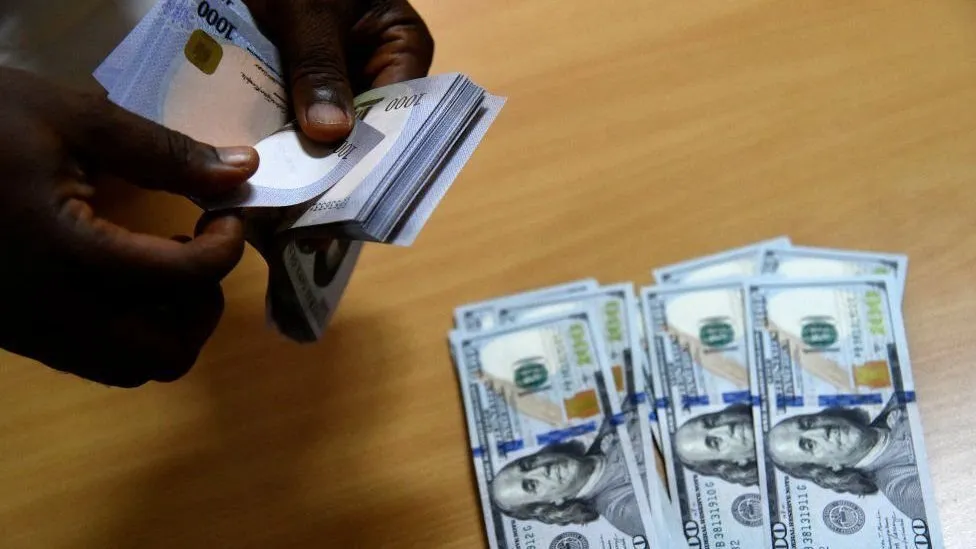The naira remains under pressure against the dollar, hovering near its all-time low, despite improved liquidity. Market fundamentals reveal that despite a $2.2 billion facility from the African Import Export Bank (AFREXIMBANK), the naira continues to face challenges due to increased demand for the dollar.
The declining trend of the naira persists despite recent interventions by the Central Bank of Nigeria (CBN) aimed at supporting the foreign exchange market. The recent efforts have raised concerns about potential impacts on the overall economy.
Although the dollar was quoted at N1,435.53, slightly higher than the N1,461.90 reported on Thursday at the Nigerian Autonomous Foreign Exchange Market (NAFEM), it remains near its historical low. The daily turnover of foreign exchange on Nigeria’s official market increased from $156.86 million on Thursday to $440.13 million on Friday.
The U.S. dollar index reached a seven-week high, driven by data indicating significant job additions in January, reducing the likelihood of Federal Reserve interest rate cuts in the near future.
The President of the Association of Bureau De Change Operators of Nigeria (ABCON), Aminu Gwadabe, welcomed the $2.2 billion Afrexim Bank crude prepayment facility but expressed skepticism about its ability to stimulate the market adequately. Gwadabe noted that the demand in the Investors and Exporters (I&E) window alone ranges from $150 million to $250 million daily, suggesting that the facility could be exhausted in ten days.
The CBN recently adjusted regulatory frameworks, removing the ceiling on the allowed amount based on the closing rate of the previous day for International Money Transfer Operators (IMTOs). This modification grants IMTOs more flexibility in deciding how much to convert into currencies.
Despite Federal Reserve Chair Jerome Powell’s statement that a rate decrease in March is unlikely, the dollar has experienced recent weakness alongside declining Treasury yields. The demand for safe havens, particularly Treasuries, has subsided following concerns about the financial stability of regional banks in the United States.
As traders reassess possibilities of a rate cut, the recent movements in the dollar and Treasury yields add complexity to the fate of the naira. Traders are now pricing in a 21% probability of a rate cut in March and a 75% probability for May, indicating shifts in market expectations.
The ongoing dynamics in global markets and the foreign exchange landscape contribute to the challenges faced by the naira, raising questions about its stability in the coming months.











